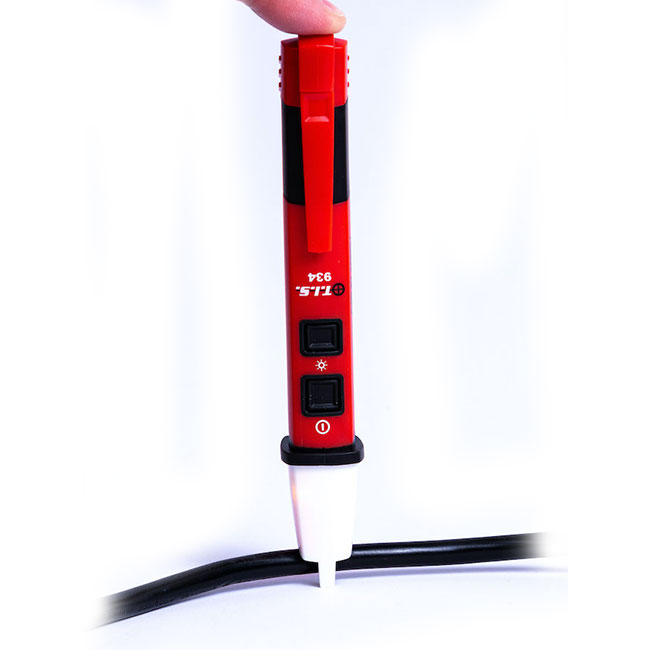The increased use of electrical equipment such as electric vehicle charging stations is leading to a rise in broken PEN conductors which is a potentially fatal issue and an area of electrical installation work which urgently requires a better general understanding.
What is a PEN conductor fault?
PEN conductors (Protective Earth Neutral) serve as both protective earthing and neutral conductors, and historically, to save money, both neutral and earth conductors were the same thing from a distribution point of view. PEN conductors were traditionally used on the PME (TN-C-S) network, which was intended as a self-monitoring system to improve safety and provide a method of easy indication for when a fault occurred with the combined neutral and protective conductors.
It has been found that PEN conductors are susceptible to damage, corrosion and general wear and tear. So over time these conductors degrade and are being found to become open circuit. And given they are running across an aging PME network, along with the current and ongoing increase in electric charger usage in the UK, there is a big risk emerging.
In most systems earth wiring runs to a main supply point which is connected to a neutral conductor. This is earthed at multiple points. However, these systems have the potential for a rare fault called ‘neutral failure’ which is when the degrading or corrosion of the conductors leads to a disconnection and the increase in potential for electric shock.
What are the risks associated with a broken PEN conductor?
In any TN-C-S system without grounding at the user’s end, when the PEN line to a mains point (ie. the household if these are domestic electrical chargers, for example) is cut off due to these three conditions:
- a line fault
- the rear end of the PEN line is in suspension without repeated earthing
- the distribution box RCD is not working properly
This then causes voltage and current to be present and circulate on exposed metal parts which should be at Earth (0 Volt) potential. If the charging equipment is being used in isolation the leakage current will exceed 30mA and the person using it would not be able to disengage themselves from it. However, if other equipment is also being used this could exceed 100mA and in theory these values could rise to as much as 230V, and therefore could be fatal from an electric shock perspective.
Also, when the PEN conductor fails, as well as the potential for electric shock, this generates diverted neutral current which in turn creates a build-up of heat, which if undetected can lead to the risk of fire.
How to combat PEN conductor faults
Given the rise in electrical charging stations being installed across the UK, there is an increase in reports of broken PEN conductors, but these are not always reported if they are found in domestic households, so it is definitely a growing problem.
It is very important that such currents are properly routed through the earth wire, ie. the wire that is connected to ground, the casing or the reference that is used as potential zero voltage in an electrical system or in electrical equipment. It is possible to avoid the electric shock caused by this neutral fault by purchasing and installing earth rods and following the basic earthing rule.
PEN protection is also a conductor used in the internal design to cut off the ground once the PEN line is cut off. This ensures there is only a weak current leakage and any person using the equipment would be able to disengage themselves and remain safe.
It can be difficult to view an installation in full to identify where there is potential for a problem with a PEN conductor. An electrical engineer can measure the diverted neutral current to indicate whether the PEN conductor is likely to break in the future. Electricians are also being urged to use a volt stick, a single or 2 pole voltage tester, to detect such dangers on exposed metal work before touching. Test Instrument Solutions supplies the TIS 950 and 934 for this simple test, but moreover the TIS 849 and 859 voltage testers, where both units have in-built Electric Field (EF) functions and a single pole contact feature using the black lead in conjunction with the EF button. The new TIS 8000 also has a single pole voltage test included.
Contact Test Instrument Solutions for expert help with PEN faults
So if you need any advice or information relating to PEN conductor faults, or you would like to discuss the best non-contact voltage detectors or voltage testers for you, contact our team at Test Instrument Solutions today.
Please note that this section is for information purposes only. Anyone using equipment referred to in this section must be suitably qualified and/or experienced within the respective field. If in doubt before use, please consult a qualified electrician or engineer & thoroughly read all instruction booklets.